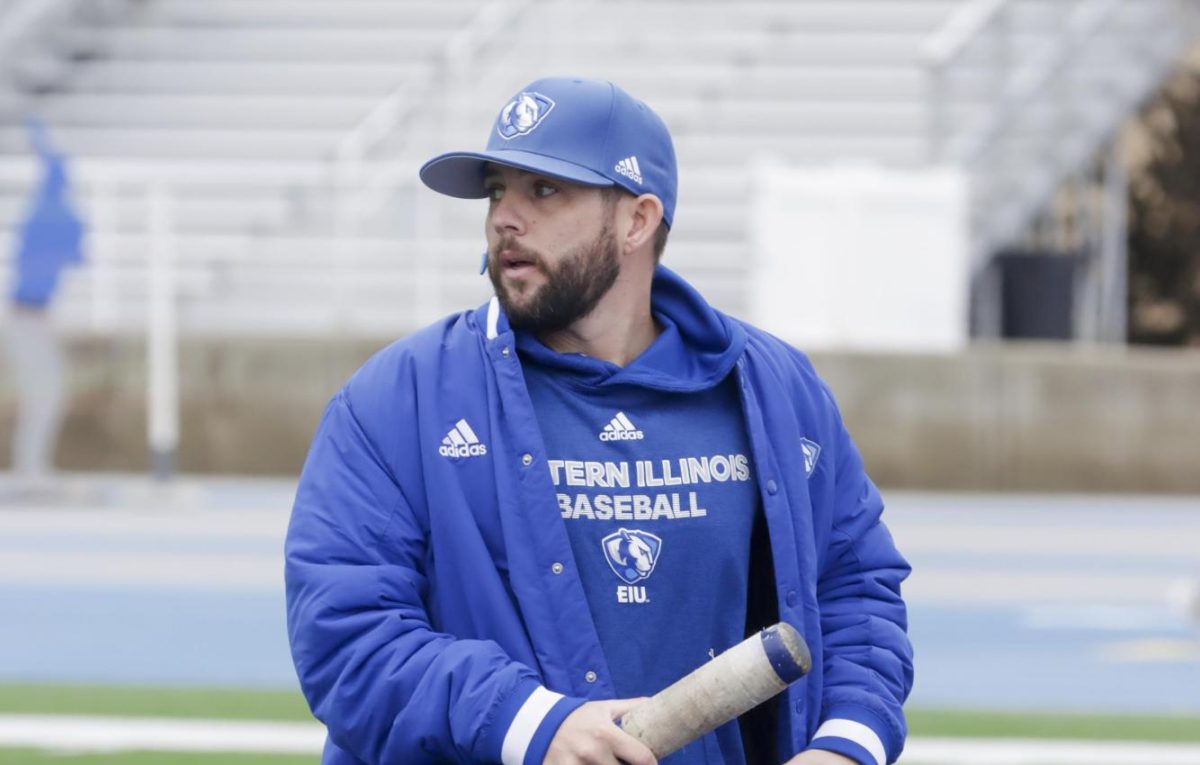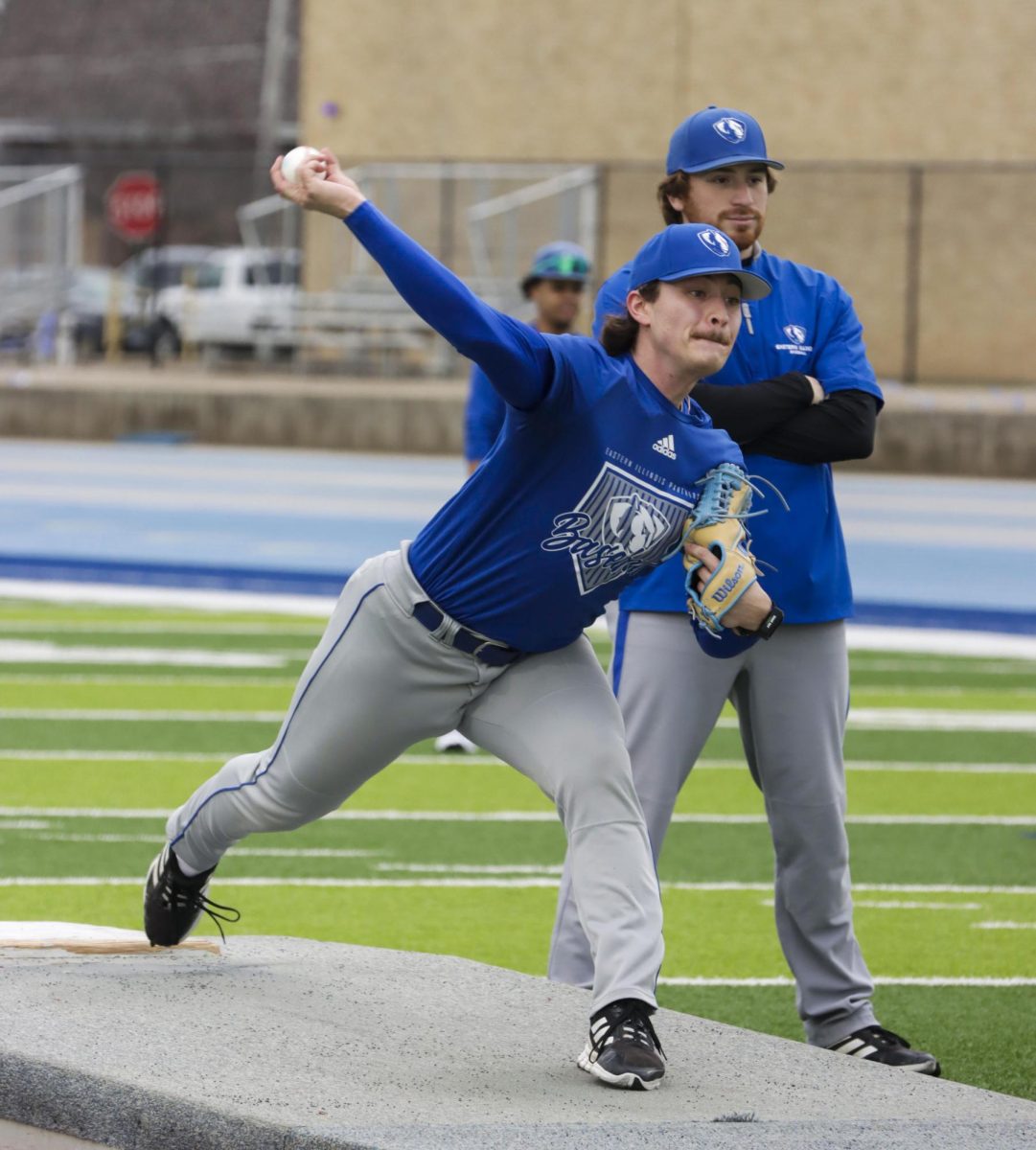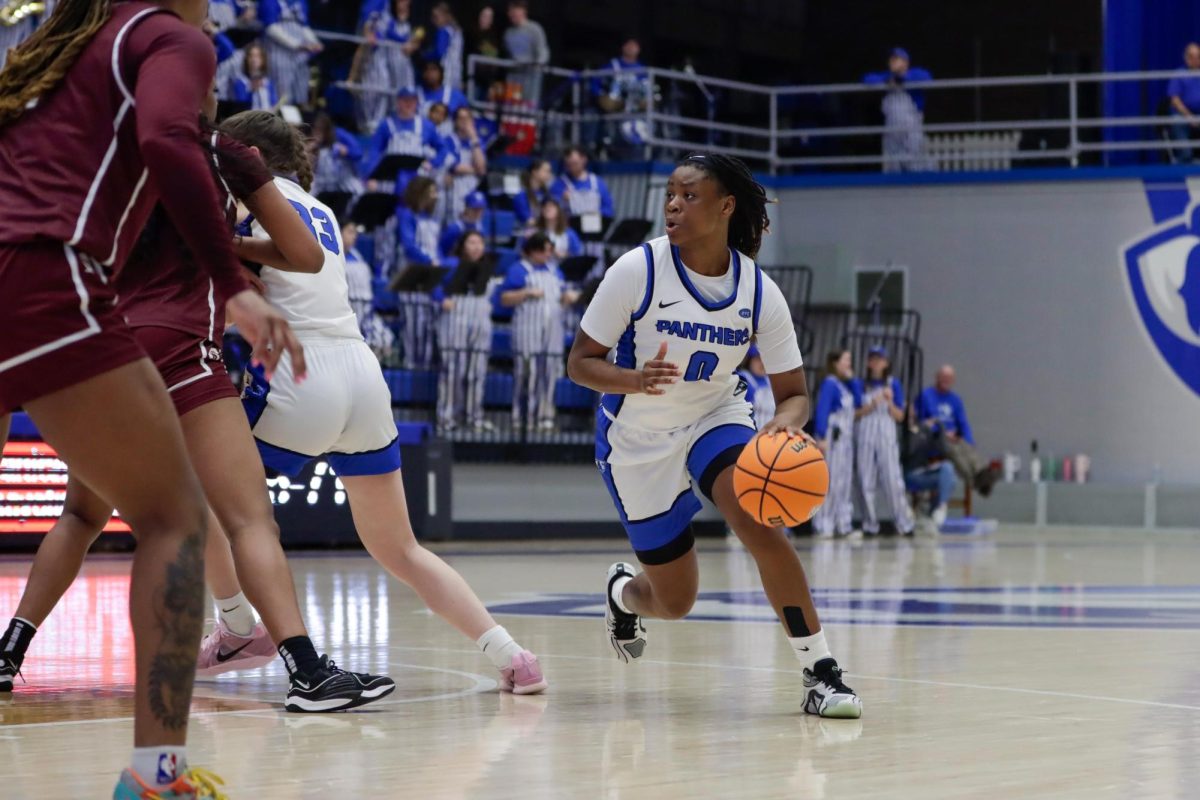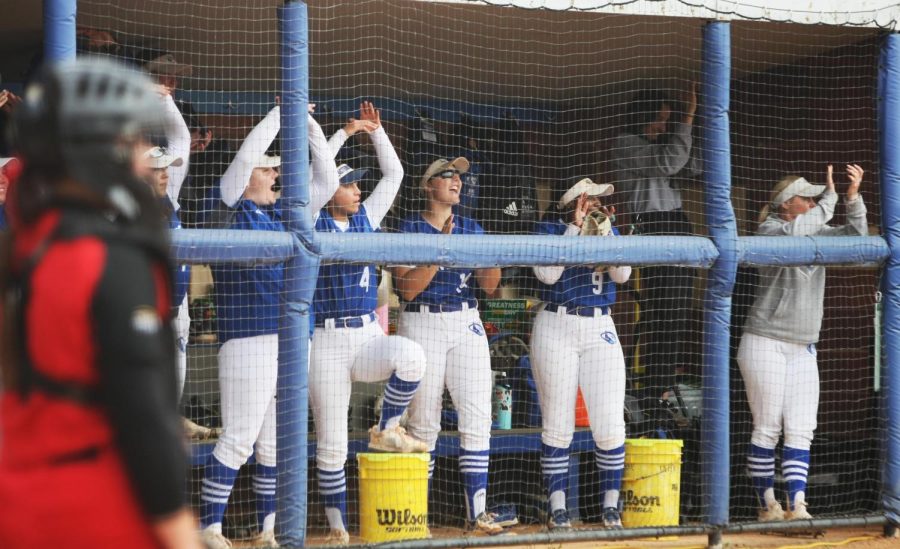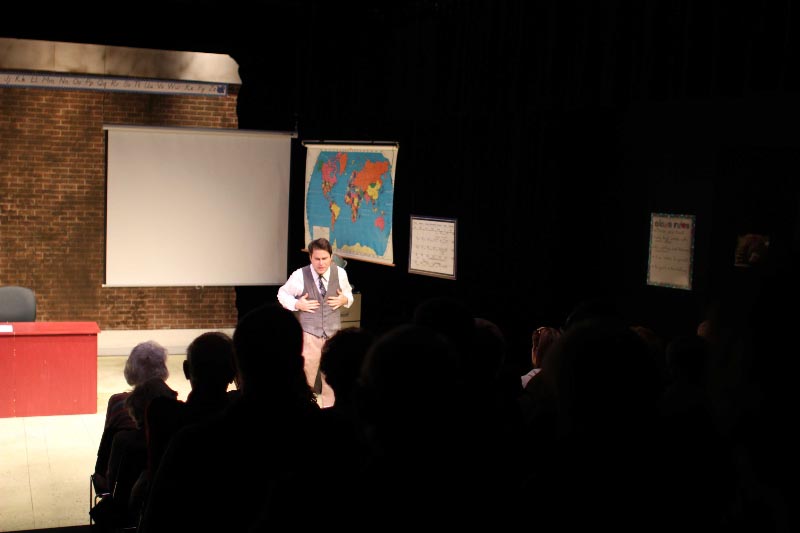Titanic: Famous shipwreck surfaces new information
October 13, 2015
If the lookouts of the RMS Titanic had been able to find their binoculars, they would have seen the iceberg sooner, and the sinking of the ship might have been prevented, retired English professor Roger Whitlock said.
This, along with several other facts were part of Whitlock’s mission to separate truth from lies during his one-hour presentation about the sinking of the RMS Titanic, Tuesday.
Whitlock said he has been teaching for 30 years and has had an interest in historical events that are portrayed differently than the truth.
“Mainly I like to correct things just from new knowledge that develops and then piece it together to find out what the whole truth is,” Whitlock said.
Whitlock began his presentation by showing pictures of artifacts that had been uncovered and explaining the importance of understanding what really happened on that day.
This can be a difficult task, he says, given the 23 movies that have been made about this historical event.
“It’s not the worst shipwreck in history but certainly the most famous,” Whitlock said.
Whitlock highlighted two major factors that contributed to the ship sinking: poor design and lack of training for the crew.
Because of the massive size of the ship, the momentum made it impossible to turn in time to avoid the iceberg, Whitlock said.
The steel was also very brittle, making it easy for the iceberg to create several small punctures and cause water to come flooding into the stern of the ship.
Apart from mechanical issues, Whitlock explained, many of the crewmembers and officers simply did not understand the workings of a ship that size.
Whitlock said this became apparent once the emergency situation unfolded, and they had trouble moving the passengers through the hallways and into the lifeboats.
Whitlock says there were 16 lifeboats on the ship and not one of them was filled to its full capacity.
“Some of the lifeboats were lowered only half full, because the crew had never seen davits like that and had never lowered lifeboats that large,” Whitlock said.
Even though there were hundreds of desperate passengers lining the deck, waiting to get on a lifeboat, the crew did not trust the davits to hold.
“If they’d all been fully loaded, probably about another 300 people might have been saved,” Whitlock said.
Although many people have been blamed throughout history for this event, Whitlock says that much of this has been nothing more than “finger pointing” and “looking for a scapegoat.”
Whitlock said it is important for him to teach people about the facts of the Titanic.
“It’s one of those historical things that we never had the right answers to, and those are the things that I like to look at—the things that are not taught in books,” Whitlock said.
Missa Borah can be reached at 581-2812 or at mdborah@eiu.edu

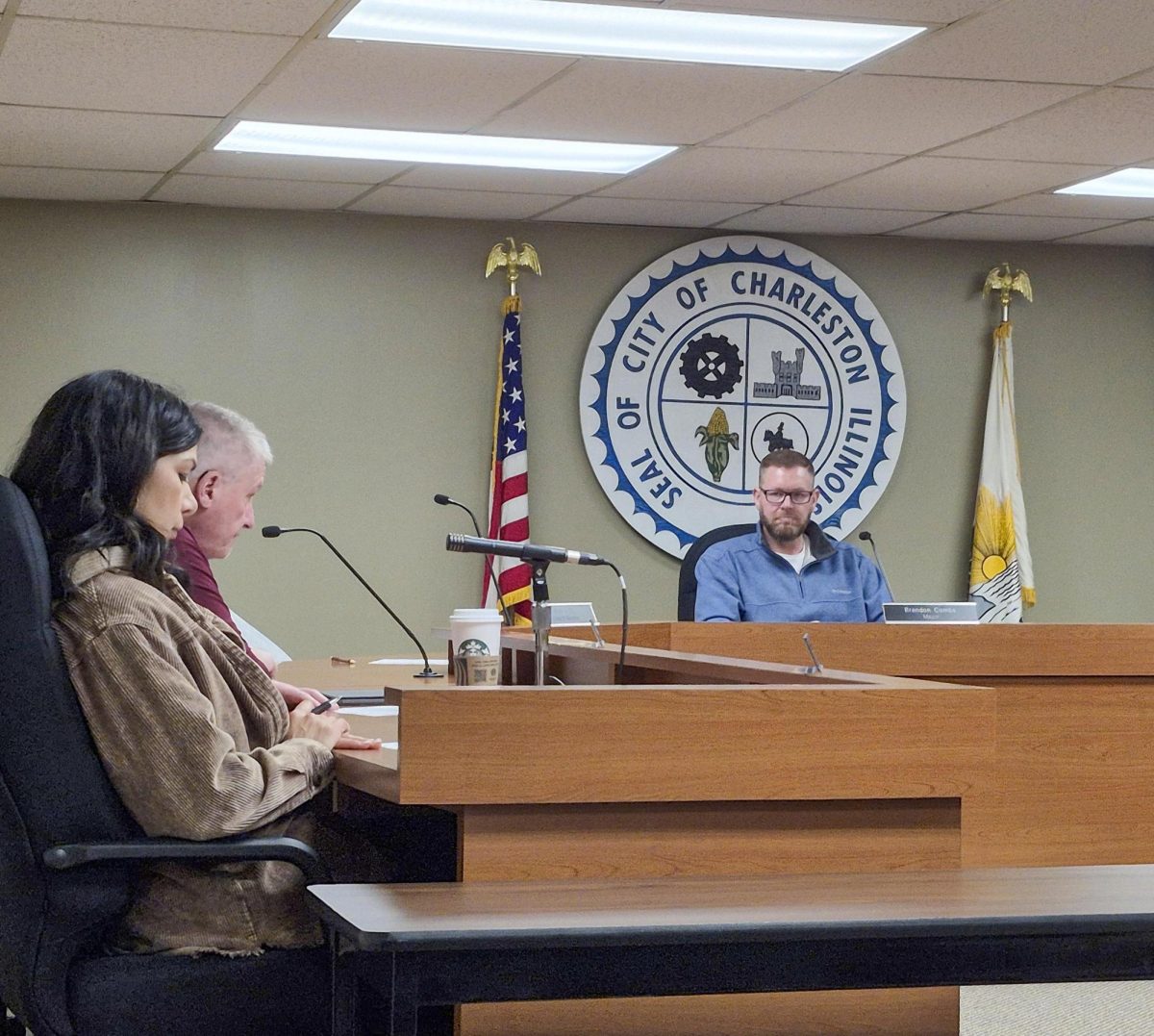
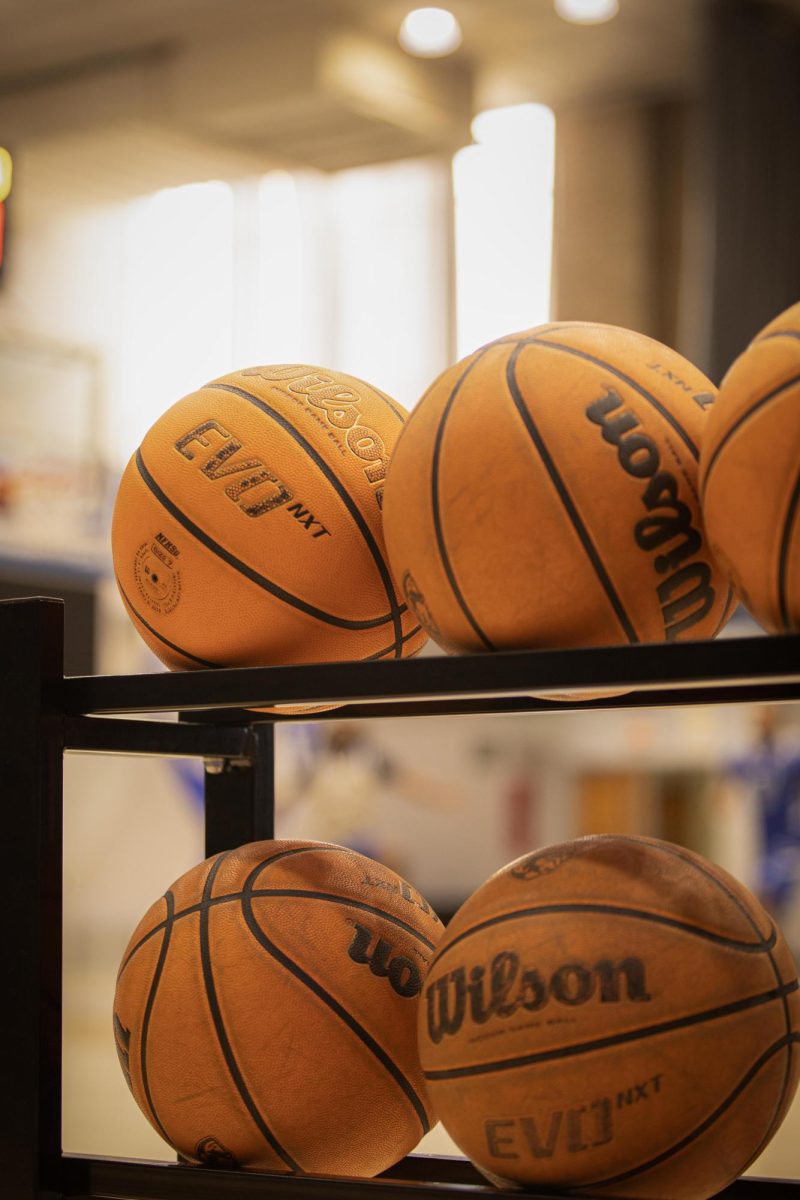
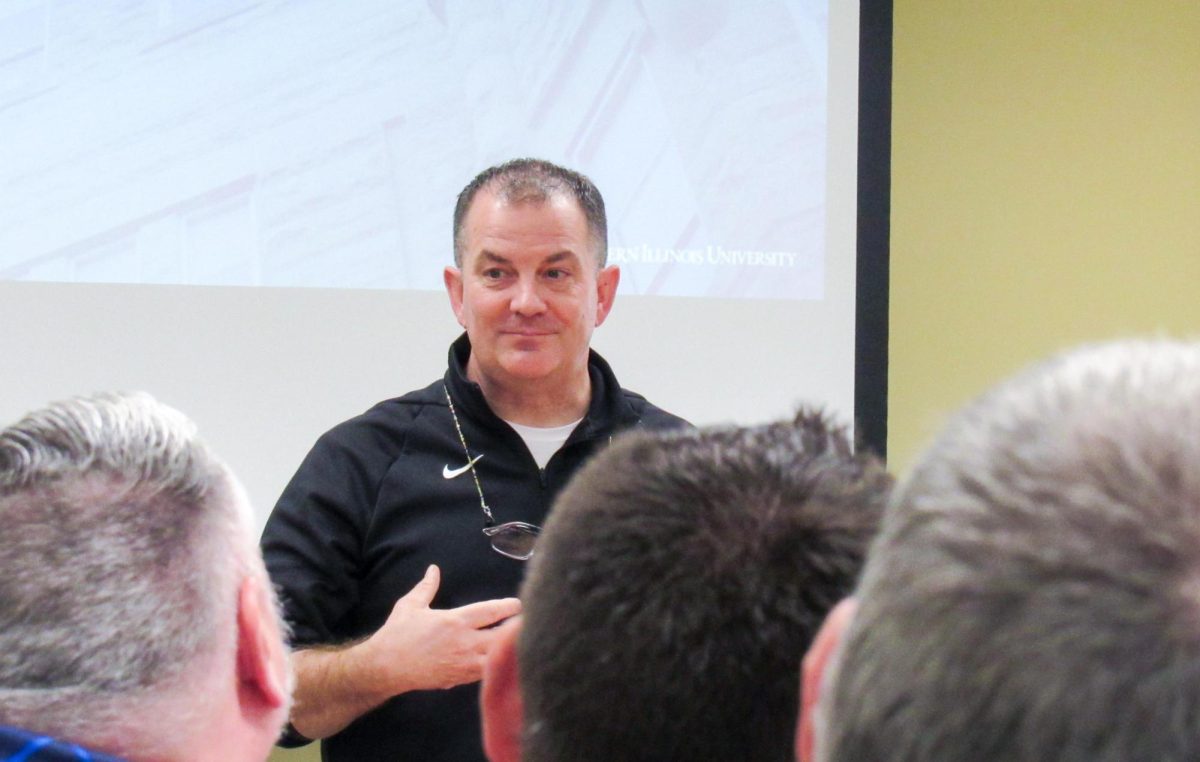



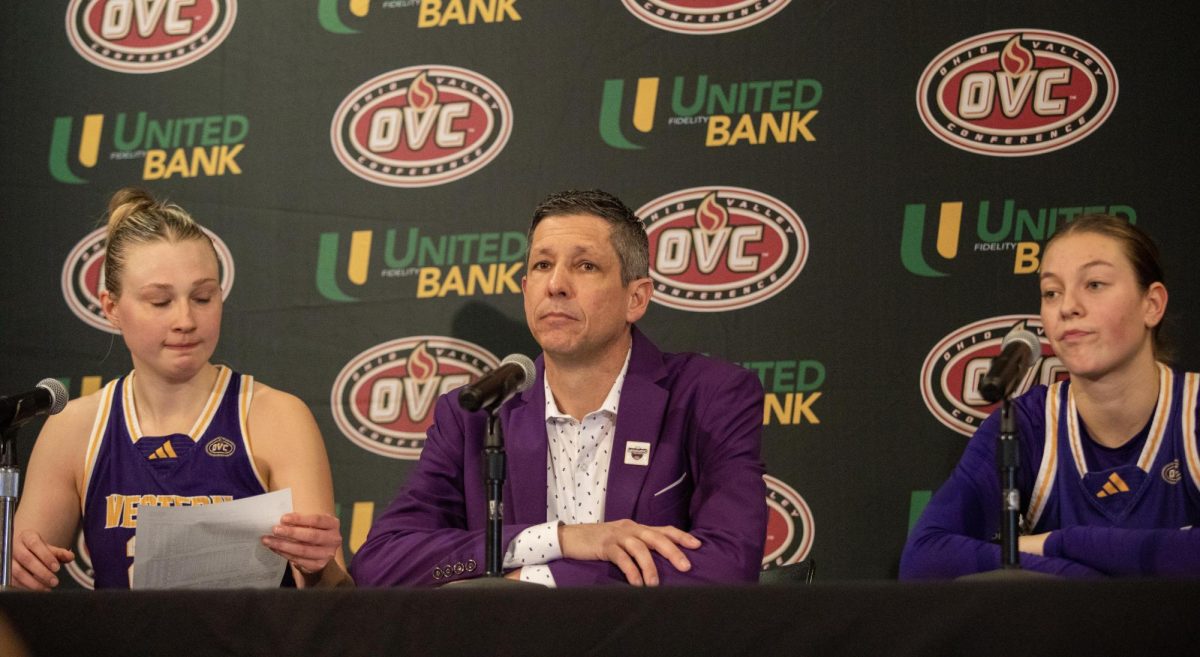
![[Thumbnail Edition] Senior, forward Macy McGlone finds an open teammate to pass the ball too during the game against the Tennessee State Tigers 69-49, in Groniger Arena on the Eastern Illinois University campus, Charleston Ill.](https://www.dailyeasternnews.com/wp-content/uploads/2025/03/WBB_02_O-1-e1741228987440-1200x692.jpg)
![E[Thumbnail Edition] Eastern Illinois softball freshman utility player Abbi Hatton deciding to throw the softball to home plate in a fielding drill during softball practice at the field house in Groniger arena on Tuesday Feb. 11.](https://www.dailyeasternnews.com/wp-content/uploads/2025/03/SB_03_O-e1741208880750-1-e1741209739187-1200x815.jpg)
![[Thumbnail Edition] Eastern senior guard Corey Sawyer Jr bringing the ball up past the half court line during the first half Eastern’s win against Little Rock 71-60 at Groniger Arena on Thursday.](https://www.dailyeasternnews.com/wp-content/uploads/2025/03/MBBLR_04_O-1-e1741139766107-1200x773.jpg)

